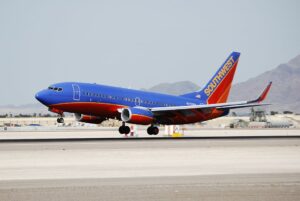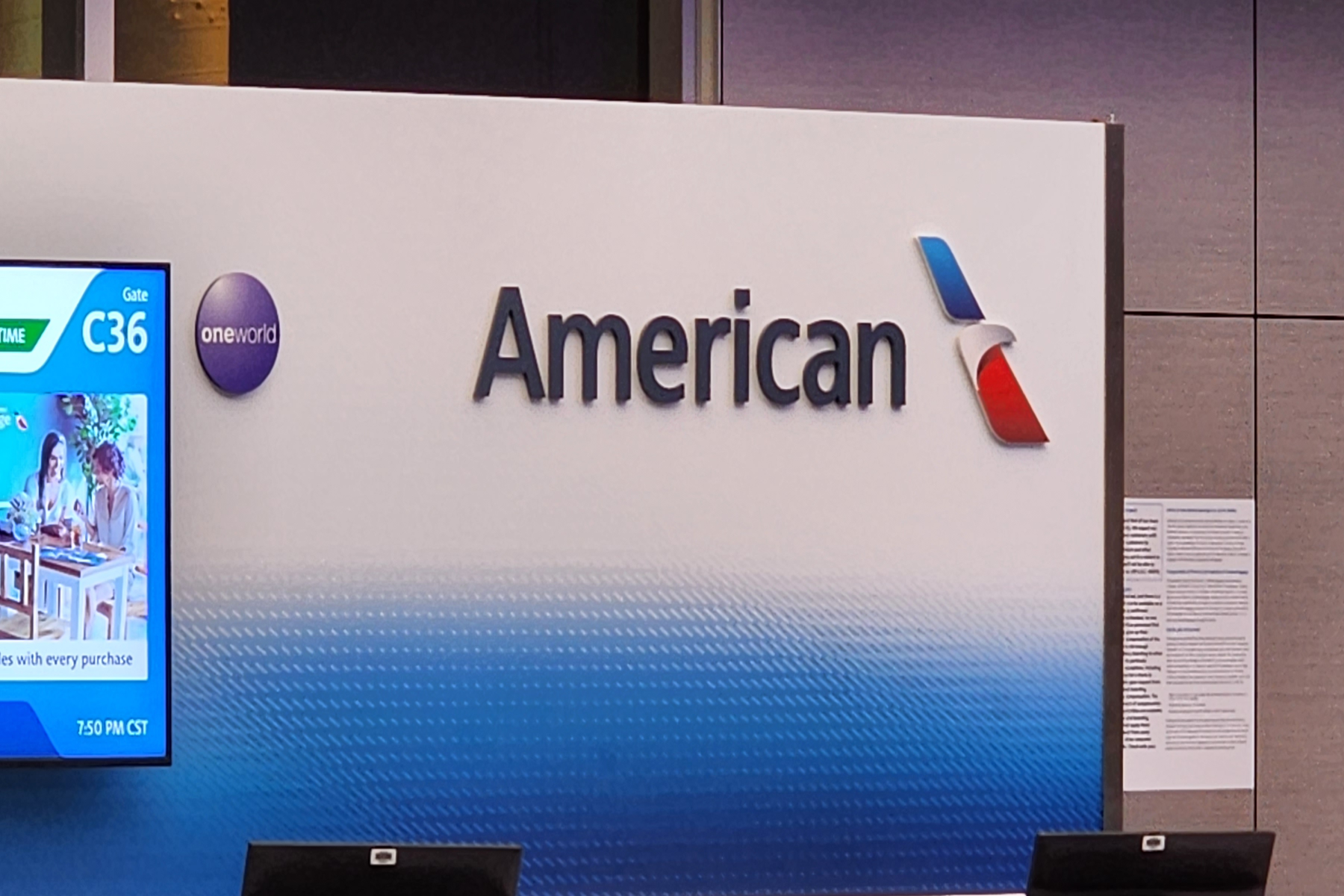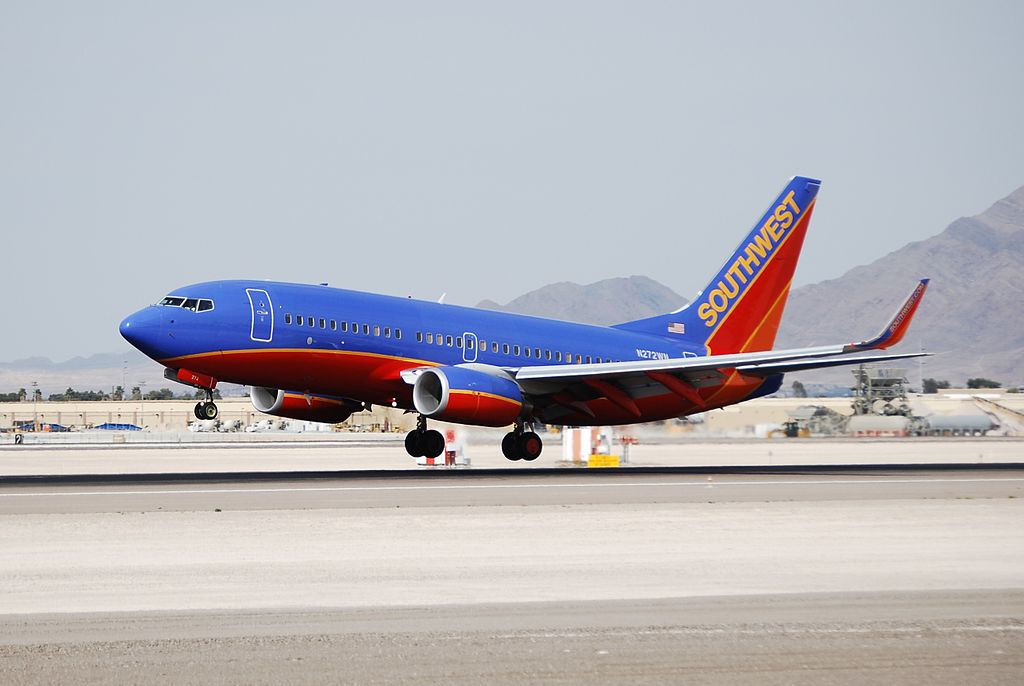Why China’s New Homegrown Passenger Jet May Never Fly American Skies

China could run into trouble when it comes to receiving approval for its newest passenger jet in the United States. Beijing is in the process of trying to launch a new C919 aircraft from Commercial Aircraft Corp of China (Comac). This narrow-body airplane features twin jets and is designed for medium-haul flights.
The goal of the C919 is to essentially steal business from Boeing and Airbus. The C919 can be compared to the Boeing 737 and the Airbus 320 in terms of capabilities and functions. What are the chances that American travelers will ever see the inside of the C919? The answer depends on how quickly Chinese engineers can make some adjustments.
China began conducting test flights using the new C919 prototype at the end of last year. Several airports in China are using these planes at the moment. In addition, there are plans to put three more prototypes in the sky at some point this year. That might make it sound like things are going smoothly for Comac’s new planes. However, the airline maker is reportedly hitting some serious snags when it comes to getting in line with technical regulations that are set by the Federal Aviation Administration (FAA). That could put China’s ability to use the planes for routes headed to the United States in jeopardy. What’s more, Comac had planned to sell its CR919 to airlines outside of China. The fact that the planes might not be allowed to operate in the Untied States could definitely hurt Comac’s chances of selling the CR919 to airlines around the world.
It has been reported that engineers in China are now in the process of going back and reconsidering the setup of the flight deck on the C919 aircraft. Why is the flight deck on the C919 so wildly out of compliance with what the FAA requires? It turns out that the China Civil Aviation Administration does not actually regulate the design of an airplane’s flight deck during the certification process. In addition, communication issues and misinterpretations of what the FAA requires are also being blamed for the oversights that are present in the deck design of the C919. That is actually a little bit surprising when you consider that several Western companies were involved in the design of the C919. Honeywell assisted in designing the flight controls, wheels and brakes on the C919. Michelin was brought in to design the tires. However, the frame of the plane was designed and created entirely in China.
[Image: Wikimedia/CC BY-SA 4.0]

























And Scott Dylan, the author, revealed his bias with "The goal of the C919 is to essentially steal business from Boeing and Airbus." Perhaps a better word would be "compete". If "The goal of the C919 is to essentially steal business from Boeing and Airbus." was instead in headline, then I would think it's clickbait. :-)
China is often seen as throwing wrenches at foreign companies trying to do business there. What we are not talking about, however, is what the United States and Europe do that is similar. Bombardier got nowhere with its C-Series plane in part because of sanctions that Canada believed were politically motivated. Albeit it is not inconceivable that technically the C919 is not up to snuff, I wouldn't be so quick to reject the possibility that this is equally politically motivated. One more way for big powers to duke it out.